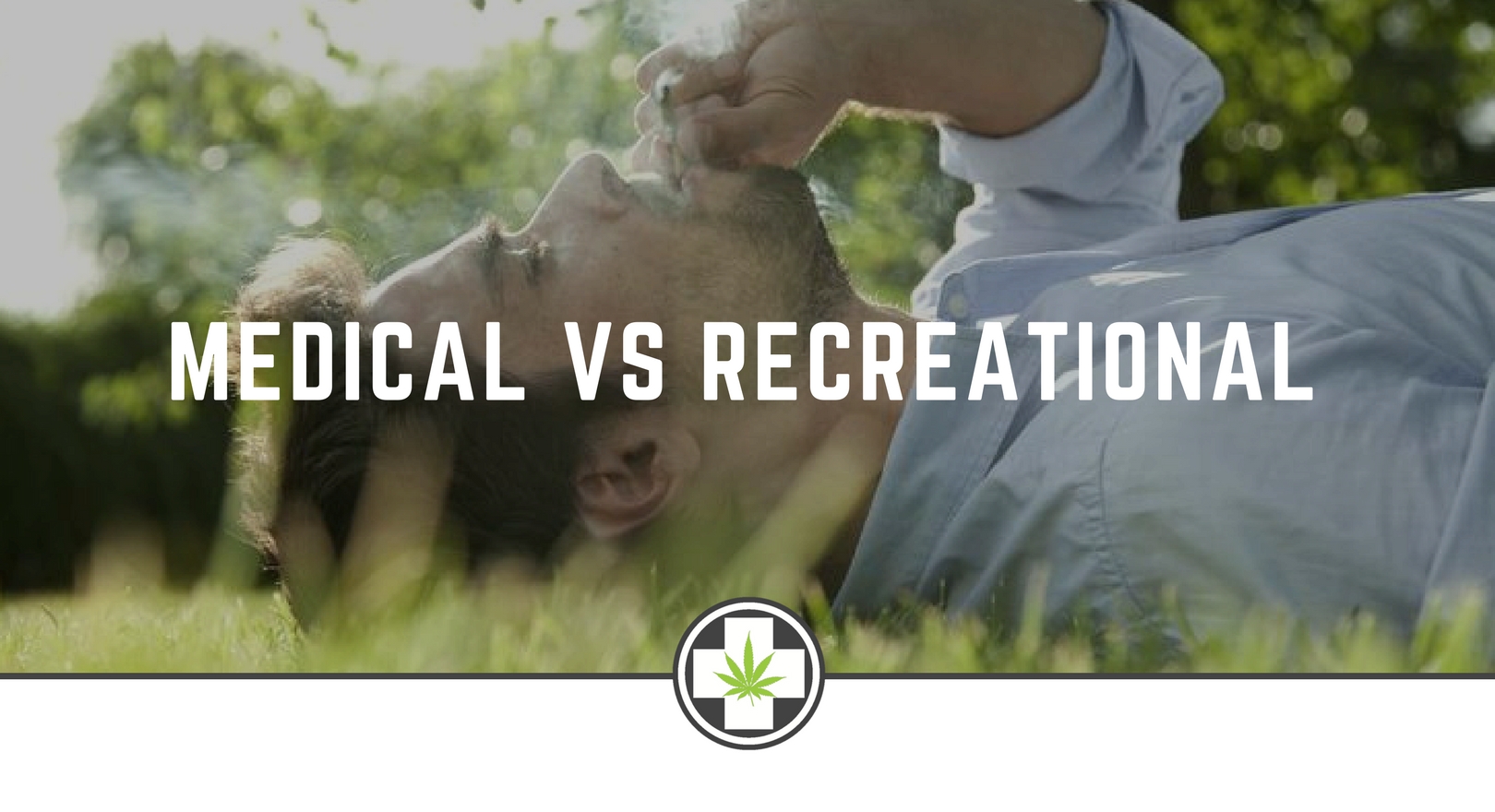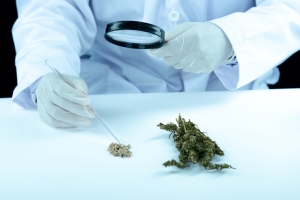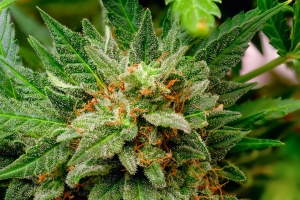Medical and Recreational Marijuana
Clinton vs Trump. Batman vs Superman. And, come November, we Nevadans could be looking at medical vs recreational marijuana.
Recreational marijuana legalization is coming up on our November ballot, and if enough marijuana advocates and aficionados show up to the polls, the Silver State could join the ranks of Alaska, Colorado, Oregon, Washington state, and the District of Columbia.
How will this epic showdown play out? Are there any differences between recreational and medical cannabis? Will they cost the same? Will one be easier to purchase than the other?
Questions, questions, questions…
I don’t know what the voters will do in the fall, but I do know the differences between medical and recreational marijuana. Here they are, in no particular order:
1. What You’ll Pay in Taxes
Currently, there’s a 2% excise tax on every medical marijuana product sold in Nevada. That 2% excise tax includes both wholesale and retail sales.
According to the Nevada Marijuana Institute, there’s a 15% excise tax added on to all wholesale medical marijuana sales. As far as I can tell, there’s nothing to indicate that this 15% excise tax would be applied to retail sales as well. The language in the ballot simply says that the normal local sales tax will be applied to all retail sales.
That being said, it’s hard to imagine that this additional cost on the part of wholesale buyers won’t be passed down to the consumer in some way. It’ll probably just depend on how much demand there is.
2. How Much You’re Allowed to Possess
As a recreational marijuana user, you can possess up to an ounce of marijuana at any given time. As a medical marijuana patient, you can possess two ounces of marijuana with a 14-day period.
Maybe you’re the kind of person that doesn’t mind taking trips to the dispensary but if you’re suffering from a debilitating illness and transportation is an issue, it makes sense to buy in bulk and cut down on the amount of trips you need to take.
3. How Much You Can Grow On your Own
The law permits medical marijuana patients to grow their own plants – up to 12, in fact. This provision is crucial when it comes to folks who lives 25 miles away from the nearest dispensary and have to rely on themselves to produce their own medicine.
Recreational marijuana users wouldn’t have that luxury. They’re only able to purchase from their dispensaries – they aren’t allowed to grow their own product.
The Bottom Line
Given what we know so far, I’d say that if you’re a legitimate medical marijuana patient, you’re better off staying in the state’s patient registry program. You can possess more marijuana at any given time, you can grow your own plants, and depending on how the tax issue plays out, you could end up paying far less for your medicine than a recreational marijuana.
Of course, if the initiative doesn’t pass in November, none of this will matter. But it’s good to know what your options are. That way, you can make an informed decision regarding your health, time and wallet.






